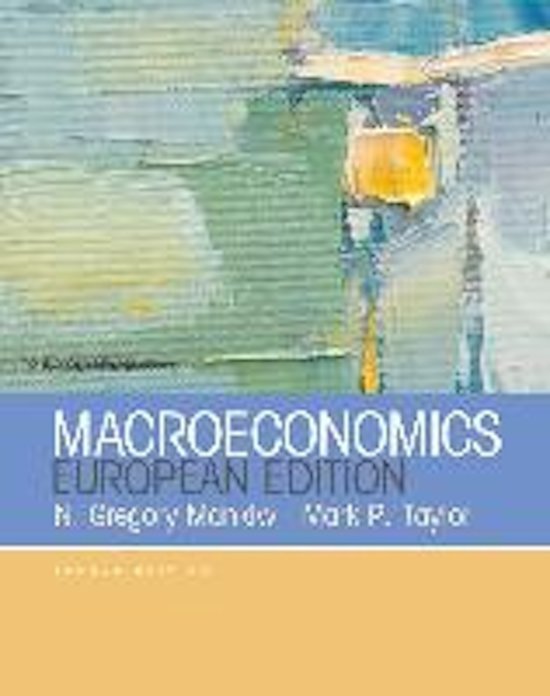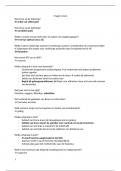Resume
Summary Macroeconomics, N. Gregory Mankiw and Mark P. Taylor, Second European Edition 2014, Chapter 1 - 17
- Cours
- Établissement
- Book
Detailed summary of chapter 1through17 of the book Macroeconomics Second European Edition. Uitgebreide samenvatting van hoofdstuk 1 tot en met 17 van Macoeconomics Tweede Europese Editie, geschreven door N. Gregory Mankiw en Mark P. Taylor.
[Montrer plus]







